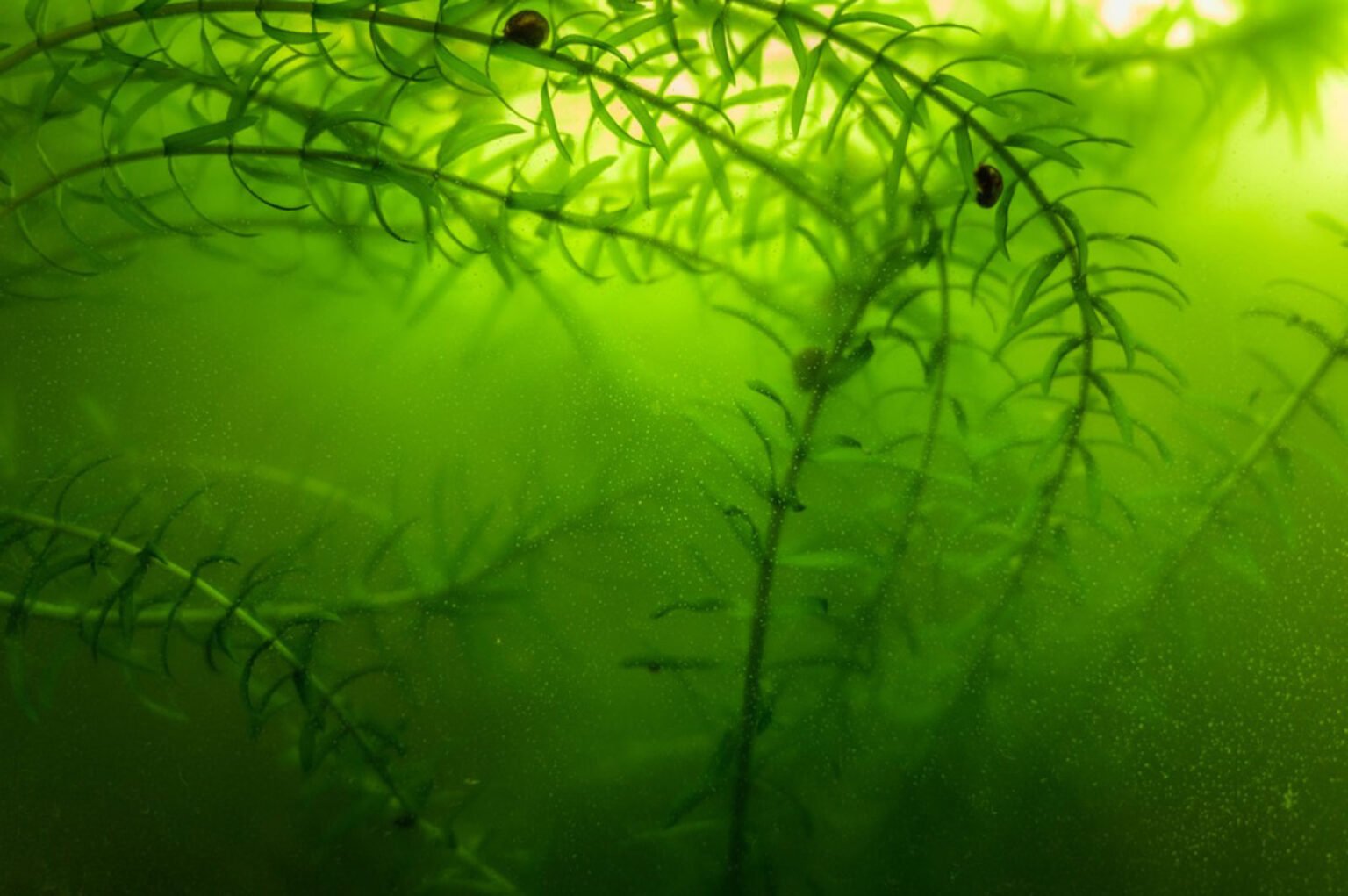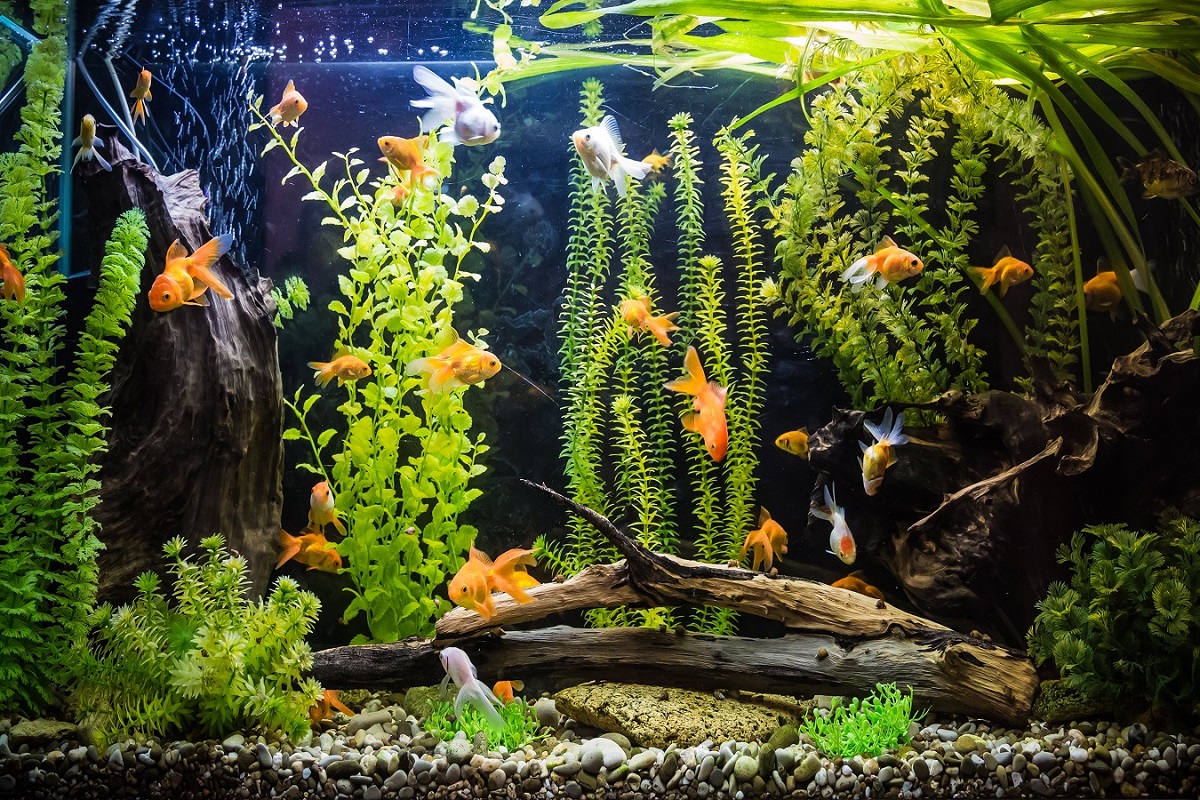Immerse yourself in the enchanting world of cold water pond plants, where nature’s artistry transforms your pond into a vibrant and thriving ecosystem. These aquatic wonders, boasting scientific names like Nymphaea alba and Myriophyllum aquaticum, come in diverse growth habits and sizes, catering to the unique depths and conditions of your pond.
Their presence not only adds aesthetic beauty but also plays a crucial role in maintaining the health and balance of your pond’s ecosystem. Cold water pond plants are nature’s oxygenators, providing vital respiration for aquatic life. They offer shelter and refuge for fish and other creatures, creating a sanctuary amidst the water’s embrace.
Types of Cold Water Pond Plants

Cold water pond plants thrive in temperatures ranging from 35°F to 70°F (1.6°C to 21.1°C). They add beauty, oxygen, and filtration to ponds. These plants vary in size, shape, and growth habits, making them suitable for various pond depths and conditions.
Submerged Plants
Submerged plants are entirely submerged in water, providing oxygen and shelter for aquatic life. Some popular options include:
- Elodea canadensis (Canadian Waterweed): A fast-growing plant that forms dense mats, providing excellent cover for fish.
- Ceratophyllum demersum (Hornwort): A feathery plant that oxygenates water and filters pollutants.
- Myriophyllum aquaticum (Parrot’s Feather): A delicate plant with feathery leaves, providing hiding places for small fish.
Floating Plants, Cold water pond plants
Floating plants rest on the water’s surface, providing shade and cover. They include:
- Nymphaea odorata (White Water Lily): A showy plant with large, fragrant flowers, providing shade and oxygen.
- Lemna minor (Duckweed): A tiny, free-floating plant that forms a dense cover, blocking sunlight and providing food for waterfowl.
- Hydrocharis morsus-ranae (Frogbit): A small, free-floating plant with heart-shaped leaves, providing shade and shelter.
Marginal Plants
Marginal plants grow in shallow water or at the pond’s edge. They stabilize the shoreline and provide a transition zone between land and water. Some examples include:
- Iris versicolor (Blue Flag Iris): A tall, showy plant with sword-like leaves and blue flowers, adding color and height to the pond edge.
- Juncus effusus (Soft Rush): A grass-like plant with round stems and pointed leaves, providing texture and filtration.
- Acorus calamus (Sweet Flag): A fragrant plant with sword-like leaves and white flowers, adding a unique aroma and oxygen to the pond.
Benefits of Cold Water Pond Plants

Incorporating cold water pond plants into a pond ecosystem offers a plethora of advantages that enhance the overall health and aesthetics of the environment. These plants play a vital role in maintaining ecological balance by providing essential elements and services for aquatic life.
One of the primary benefits of cold water pond plants is their ability to produce oxygen. Through the process of photosynthesis, these plants release oxygen into the water, which is crucial for the survival of fish and other aquatic organisms. The oxygen-rich environment created by plants ensures that aquatic life has access to the necessary oxygen for respiration, maintaining a healthy ecosystem.
Shelter and Food
Cold water pond plants also provide shelter and food for a variety of aquatic life. The dense foliage of plants offers hiding places for fish and other organisms, protecting them from predators and harsh environmental conditions. Additionally, many pond plants produce seeds, fruits, and other plant material that serve as a valuable food source for fish, amphibians, and insects.
Water Quality Improvement
Incorporating cold water pond plants into an ecosystem can significantly improve water quality. These plants absorb excess nutrients from the water, including nitrates and phosphates, which can contribute to algae growth. By reducing nutrient levels, plants help to prevent excessive algae blooms, maintaining clear and healthy water conditions.
Algae Growth Reduction
The presence of cold water pond plants in a pond ecosystem can help to reduce algae growth. Plants compete with algae for nutrients and sunlight, limiting the availability of resources that algae need to thrive. Additionally, some pond plants release allelopathic compounds that inhibit algae growth, further reducing the algae population and promoting a balanced ecosystem.
Care and Maintenance of Cold Water Pond Plants

Cold water pond plants, with their vibrant colors and diverse forms, require proper care to thrive and enhance the aesthetic appeal of your pond. Understanding their specific needs is essential for maintaining healthy plants that contribute to a thriving ecosystem.
Planting Techniques and Spacing
When planting cold water pond plants, consider the depth of the pond and the size of the plants. Shallow-water plants, such as water lilies, prefer depths of 6-18 inches, while deep-water plants, like water hyacinths, can tolerate depths of up to 3 feet. Adequate spacing between plants is crucial to prevent overcrowding and ensure optimal growth. Crowded plants compete for nutrients and sunlight, leading to stunted growth and reduced vigor.
Fertilization Requirements
Cold water pond plants benefit from regular fertilization, especially during their active growth period in spring and summer. Use a balanced fertilizer specifically formulated for aquatic plants, and follow the instructions on the package. Over-fertilization can lead to algae blooms, so it’s essential to avoid excessive application.
Pest and Disease Management
Cold water pond plants can be susceptible to pests and diseases, including aphids, snails, and fungal infections. Regular monitoring of your plants is essential for early detection and prompt treatment. Aphids can be controlled with insecticidal soap, while snails can be removed manually or with the use of snail traps. Fungal infections can be treated with fungicides specifically designed for aquatic plants.